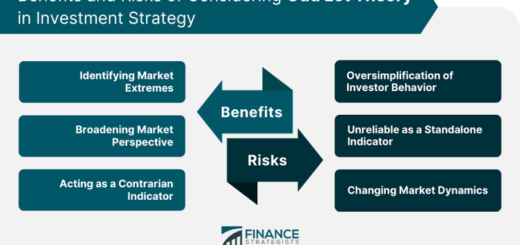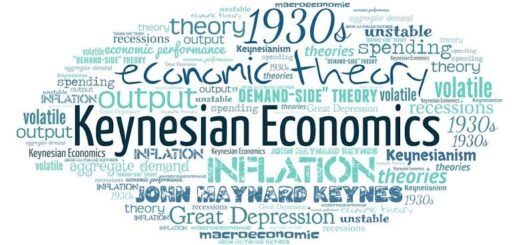Marginal Productivity Theory of Profit-
Marginal Productivity Theory of Profit-
Like any other factor, an attempt has been made to explain the determination of remuneration of an entrepreneur in terms of his marginal revenue productivity. Angsworth, Chapman, Stigler and recently Stonier and Hague have explained profit determination with the help of this theory. According to this theory, profit as a reward to an entrepreneur is determined by his marginal revenue productivity. The higher the marginal revenue productivity of entrepreneurship, the higher will be the profits and the lower the marginal revenue productivity, the lower will be the profits.

Its Criticisms
The marginal productivity theory of profit also could not escape criticism.
Firstly, as stated above, like land, labour or capital, the theory of marginal revenue productivity of entrepreneurship is useless in respect of a firm because unlike other factors, a firm can be only one entrepreneur.
Secondly, this theory is based on the unrealistic assumption of homogeneity of entrepreneurs in an industry. The efficiency of entrepreneurs varies. Hence there cannot be a single marginal revenue productivity curve for all entrepreneurs. Thus this theory fails to explain profits correctly.
Thirdly, in its conclusion, since the efficiency of entrepreneurs varies, all cannot get only normal profits. Entrepreneurs who are more efficient than others will get more than normal profits. This will be the rent of ability which will be included in the profits received by them. This theory does not throw any light on this aspect.
Fourthly, this theory also fails to explain why some entrepreneurs sometimes get accidental or opportunity profits and monopolistic profits.
Fifthly, this theory is completely a static theory according to which, in the long run, all entrepreneurs get only normal profits but the real world is dynamic in which some entrepreneurs get more than normal profits.
Sixthly, this theory is one-sided because it takes only the demand of entrepreneurs and ignores the supply side.


